When selecting ammunition for long-range precision capturing, wind resistance is a vital issue. On this article, I discover what I’ve termed the “hourglass impact”; which examines the efficiency variations between lighter rounds and heavier rounds of the identical caliber. Future articles will delve into different essential components of the bigger matter of weight velocity and distance.
Im calling it the hourglass impact as a result of earlier than the convergence, one spherical has a bonus and after the convergence, the opposite takes the lead with respect to wind. Occupied with a discipline of fireside as a form can assist dissect zones the place you may select one spherical over one other. This bullet comparability may be accomplished for any rounds, but it surely exhibits a definite patterns. As a result of massive weight and velocity distinction between the bullets used we will see that bullet alternative is a crucial determination level for a rifleman. Plus i’m visible and like to explain issues with visible components.
Understanding the Hourglass Impact
As talked about, the “hourglass impact” refers back to the notable inflection level in efficiency when evaluating totally different ammunition weights inside the similar caliber. I nicknamed the zone earlier than this level because the “competitors zone” and the world past it because the “long-range zone.”
Context
My major aim going into this was to grasp how one may use the identical rifle for numerous functions. With the supply of inexpensive laser vary finders, vary uncertainty has been largely eradicated for many shooters. As a result of vary uncertainty is much less widespread, the ultimate frontier of unknowns is essentially the wind results on totally different bullets at totally different speeds.
Discovering a caliber and cartridge to carry out all duties appears to be a standard dialogue. I felt a greater look is likely to be contemplating totally different ammunition for the same caliber and cartridge and the way they might be used for a wide range of capturing functions. The versatile 6.5 Creedmoor served as my take a look at topic as a result of I’ve a number of rifles chambered in it. Another excuse is that there’s a ton of manufacturing unit ammunition accessible in most locations and its cool to know what every can and may do. Recognized for its all-around efficiency, the 65 creedmoor rivals extra specialised cartridges, in some ways, with out the related caliber cartridge debates getting in the way in which.
Experimentation
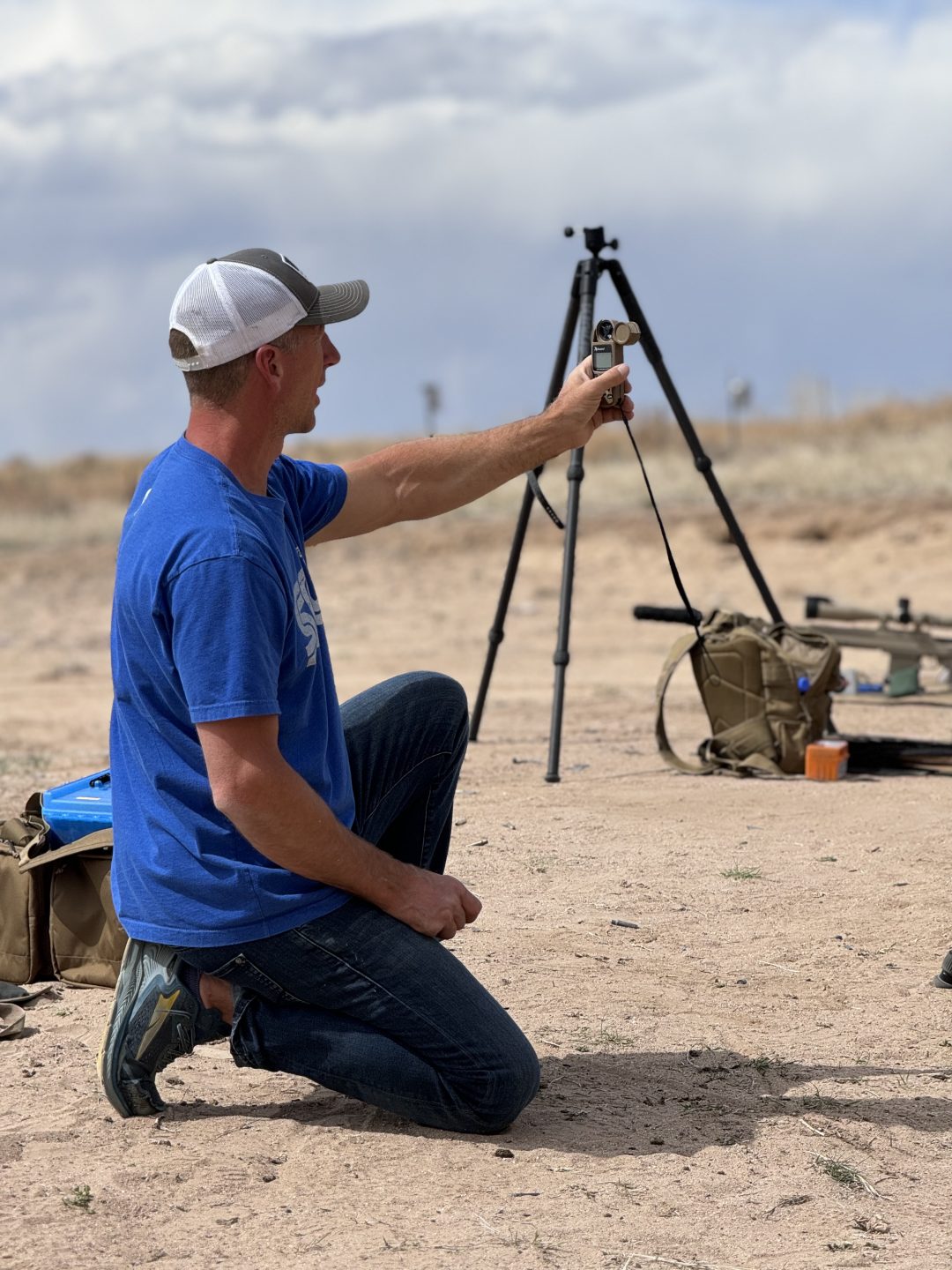
The collection of assessments have been carried out utilizing manufacturing unit ammunition. I used Hornady 100 gn and Berger 156 gn because the lightest and heaviest choices. These selections supplied a transparent view of the caliber’s various capabilities.
A light-weight bullet tends to have decrease BC values, and BC numbers are generally used to check wind values with out contemplating velocities they is likely to be touring at. The 100 gn VT load has a small BC in comparison with the 156 Berger. Nevertheless, the rate was over 600 fps extra for the 100gn than the 156gn. I used to be stunned to see that utilizing the field BC values, the calculators couldn’t precisely predict the wind for this ammunition. “Imagine the bullet,” is the saying, and that’s what I chased somewhat than turning to what others have stated in regards to the matter.
Testing
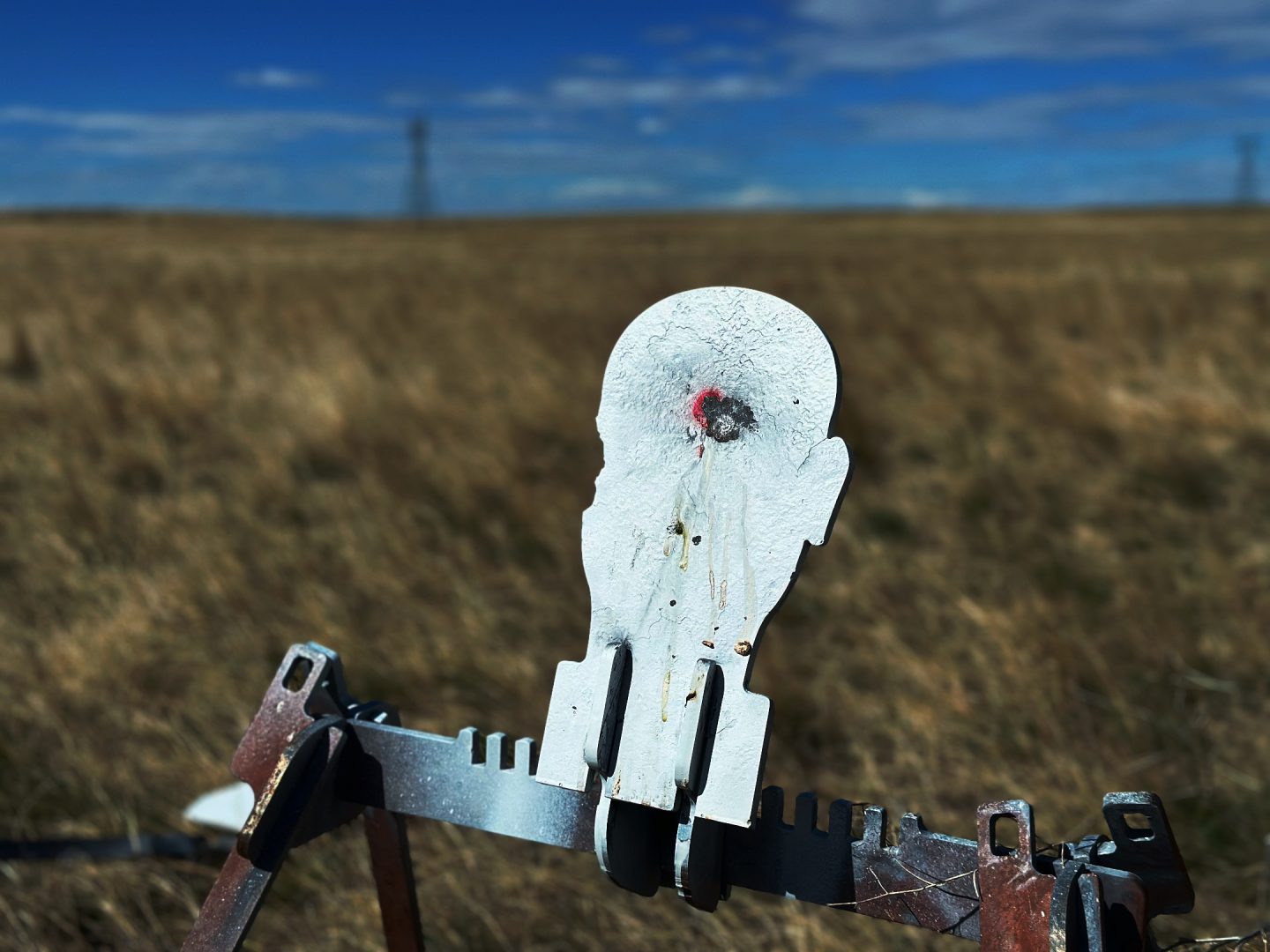
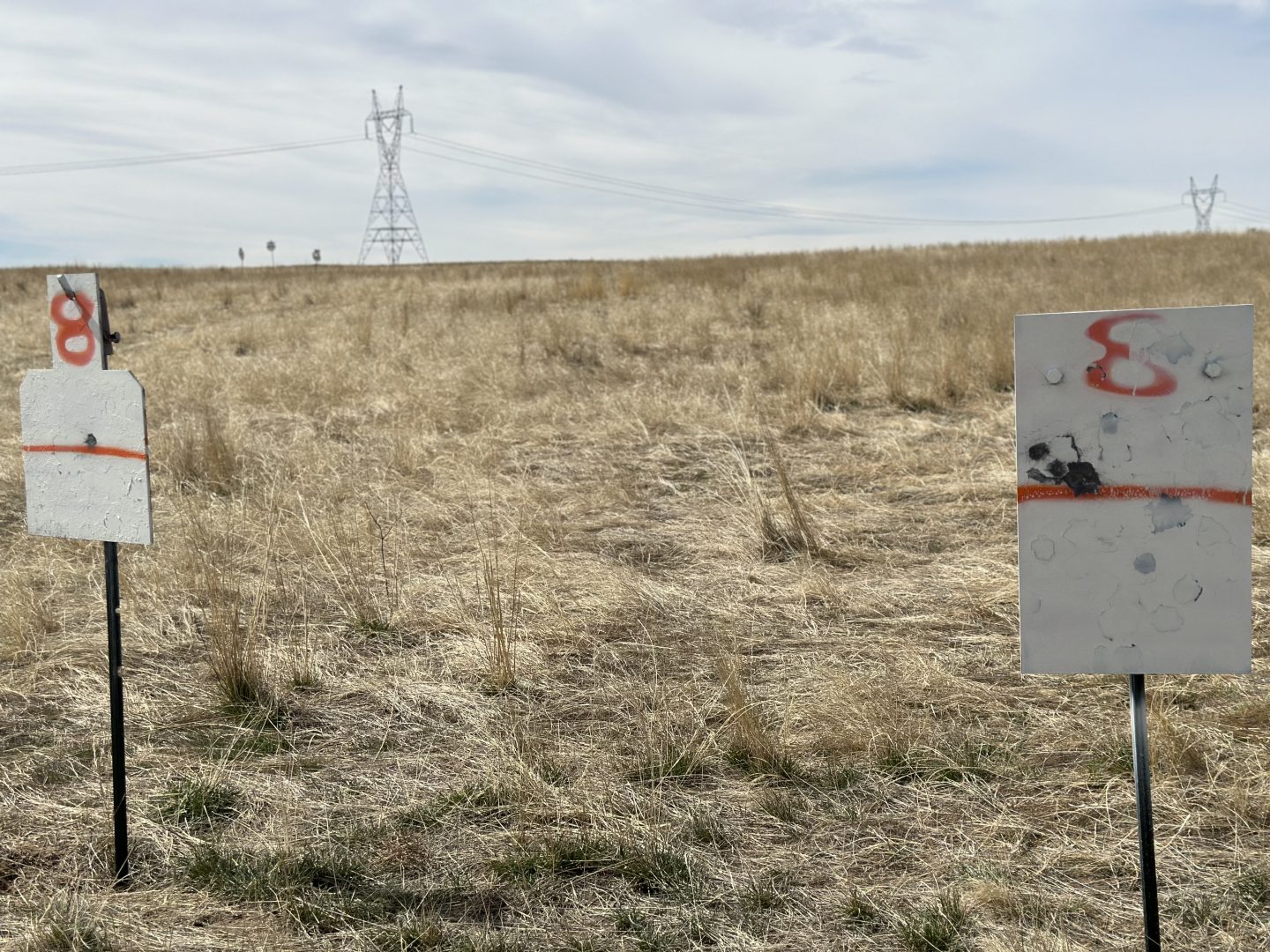
Zeroing the Rifles: I used two rifles, each chambered in 6.5 Creedmoor, and maintained a constant 100-yard zero for every. The consistency of the zero throughout 4 days of testing at an elevation of 6,000 ft in Colorado was exceptional, though inexplicable. I shot RifleKraft targets anticipating there to be a distinction. Since there was not a distinction, I merely recorded the zero and the group dimension for every rifle. Each bullets shot 5-shot teams below 0.5 inches, and that was ample for me to depart it there. Every day I repeated this and obtained the identical outcomes. Ballistic Knowledge (“Dope”): Utilizing Gravity Ballistics protocols, I prolonged my capturing from 100 to 1,000 yards, adjusting for wind on a shot-by-shot foundation to preserve ammunition. Regardless of potential errors resulting from this technique, the main focus was on wind results somewhat than elevation adjustments. [For more info on GB see this]. Wind Measurement: I chronographed the rounds to assemble velocity knowledge, which, together with different inputs, was used to calibrate three separate Kestrels. Notably, I employed each Gravity Ballistics for truing units and my most popular Kraft Fast Wind technique for wind estimation. Knowledge from three Kestrels, together with the Windy app and native measurements at Fort Morgan Vary, supplied constant readings. The one exception to the information was the exhausting wind knowledge that didn’t align with the Kestrels in these situations. I’m solely referring to precise hit knowledge and going to miss the Kestrel outputs. I selected to keep away from this as a result of I’ve not had time to research the trigger (and albeit don’t wish to spend an excessive amount of time determining the distinction since I exploit KQW offhand anyway).
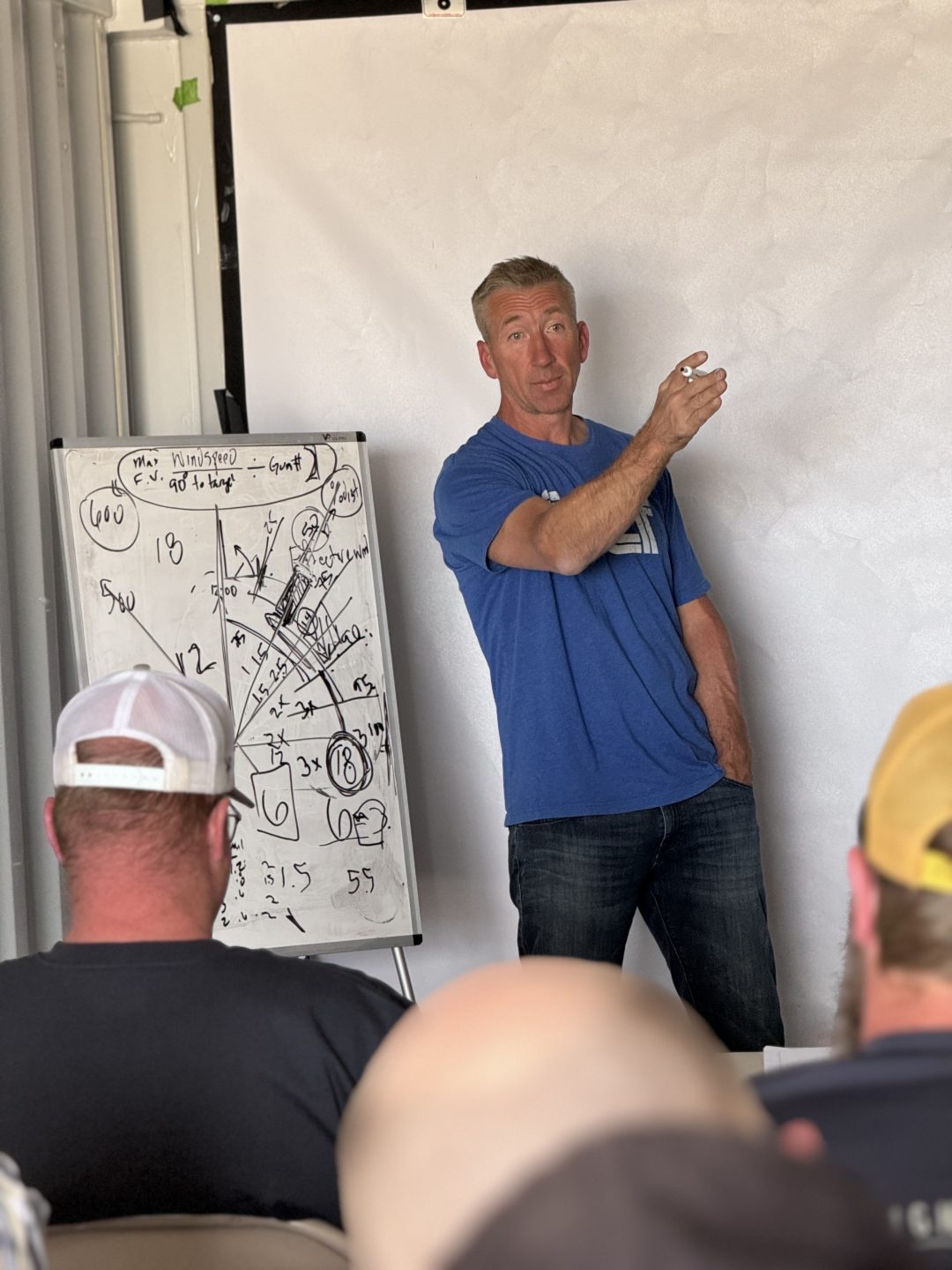
Outcomes and Observations
Inside 800 to 900 yards, the 100 gn Hornady constantly outperformed the 156 gn Berger in each wind resistance and elevation. The elevation is smart with the massive velocity distinction. Since a bullet’s time of flight corresponds to the drop and drift, I anticipated this and noticed that unfold because the rounds traveled out to distance. What was surprising, nevertheless, was how far the 100gn maintained its dominance within the excessive winds. At someplace between 800 and 900 yards, the wind holds for each weights converged, making it tough to differentiate minor wind variations. I selected 0.2 as a result of the wind variation was at a minimal 2 mph. I felt it was not going to be attainable in these situations to discriminate extra element from the outcomes. Surprisingly, there was additionally an surprising discovering when it comes to group dimension as much as the 900-yard goal. Regardless of totally different customary deviations (SD) between the 2 weights, vertical dispersion was negligible. The outcomes are presumably as a result of brief time of flight and glorious teams at 100. At 900, the Hornady rounds maintained teams in comparison with the Berger, and with greater SDs. One would often count on to begin seeing vertical dispersion exhibiting up because the flight time variations performed out.
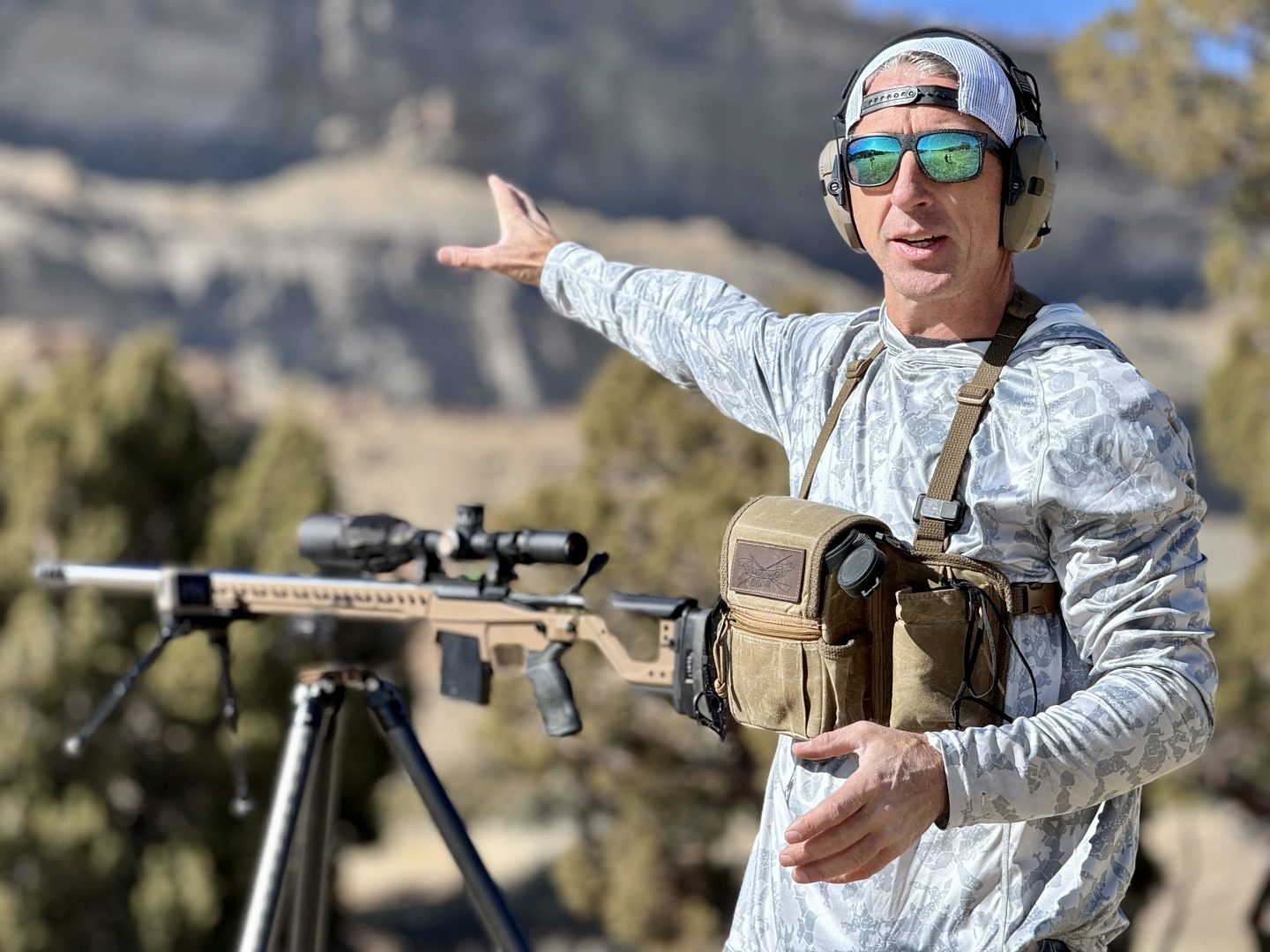
Wrap Up
To me personally, testing underscores the need of non-public experimentation. I hope that this sparks curiosity in these of you who’ve made it this far. I additionally wish to encourage you to exit and take a look at for your self. Some tinkering and testing with totally different weights and speeds of rounds will aid you higher accomplish your objectives on the vary or within the discipline with confidence. Whereas I feel the 100 gn Hornady is preferable for competitions. As much as 900 yards its superior efficiency and decreased recoil make plenty of sense in that utility. I feel that the 156 gn Berger would in all probability be higher fitted to sustaining accuracy past that vary and for searching functions.
I additionally wish to level out that I examined mid weight bullets as nicely. The outcomes have been much less fascinating so left them out. I do nevertheless have knowledge and may use sooner or later.
Conclusion
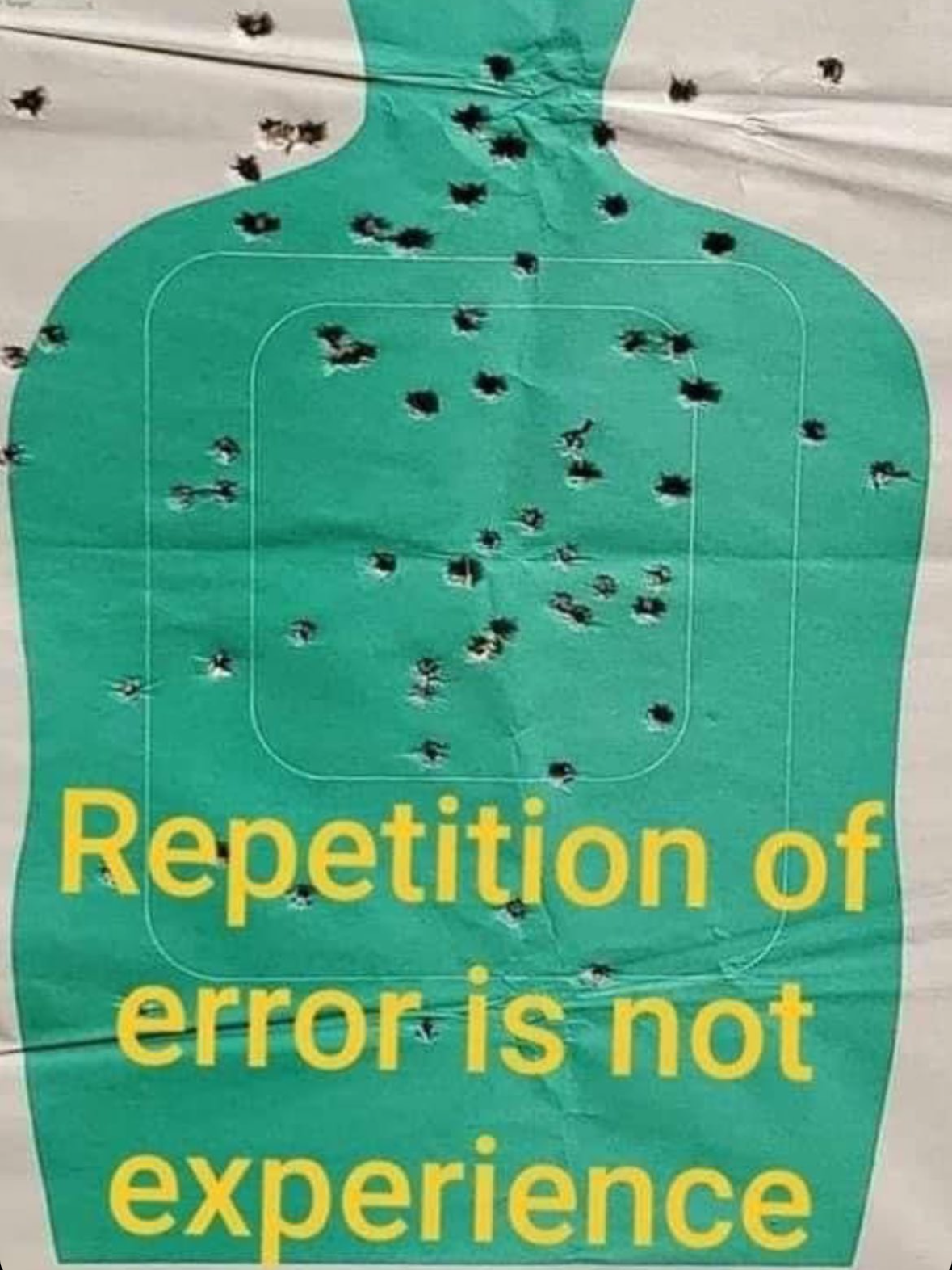
Get on the market and carry out your personal assessments. Additionally this text relies on my opinion and outcomes, which isnt yours. Should you do your self you achieve real-world outcomes and first-hand information. First hand information would be the most significant to all of you. So take this as a name to motion.





















